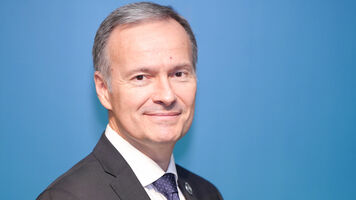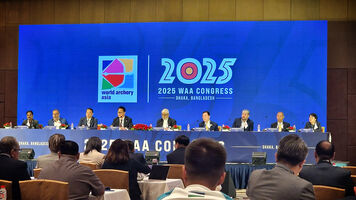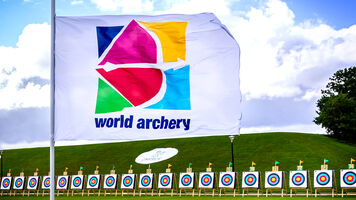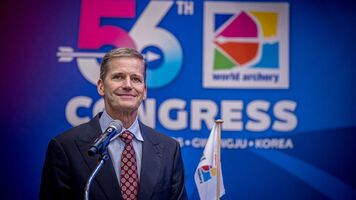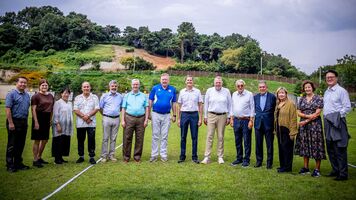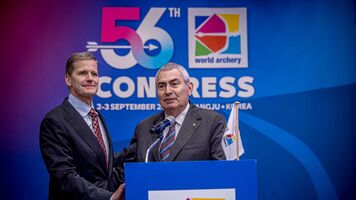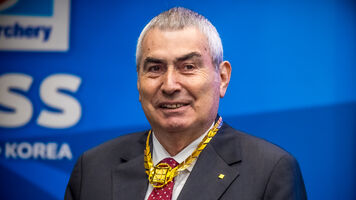Mexico looking to build next generation for Los Angeles and Brisbane

The 12 April marked exactly one year since World Archery recognised World Archery Mexico as the country’s national governing body, and whilst the women team’s Olympic bronze medal was the biggest story on the shooting line for Mexico in 2024, behind it, a severe shake up was occurring.
Alejandra Valencia, Ana Vazquez and Angela Ruiz collected just the fourth archery medal in Mexico’s entire Olympic history in Paris all of which have been won in the past 12 years, starting from Aida Roman and Mariana Avitia‘s historic silver and bronze wins at London 2012.
At Central Florida 2025, the first Hyundai World Cup stage of the year, Mexico topped the bill for countries’ medal tallies with six in total that included golds for new compound women number one Andrea Becerra as well as the compound women and recurve mixed teams.
Their recent uplift in the biggest competitions has made archery a priority sport for Mexico, but what does this mean?
According to World Archery Mexico president Gabriel Ramos, the priority factor is down to Mexican fans expecting to be successful in the sport with even the possibility of winning one of the “seven to nine” medals they usually gain overall in an Olympics.
“When a Mexican is on the couch watching a competition and a Mexican is coming out to the to the field, the people that are watching are thinking ‘OK. We are good in this sport, Mexico can win in this sport, the victory will be ours’, and that feeling is very strong,” said Ramos. “That feeling is what we are trying to do, to spread for the new generations, a feeling and values focused on success, focused on victory, and focused on the pride of a country.”
LA28 is unsurprisingly the focal point of the project in what will be the closest host city to Mexico geographically since the Games were last there in 1984.
Its proximity, just 219 kilometres away from the northwest city of Tijuana, provides an opportunity for Mexican archery to thrive in front of more than usual fans.
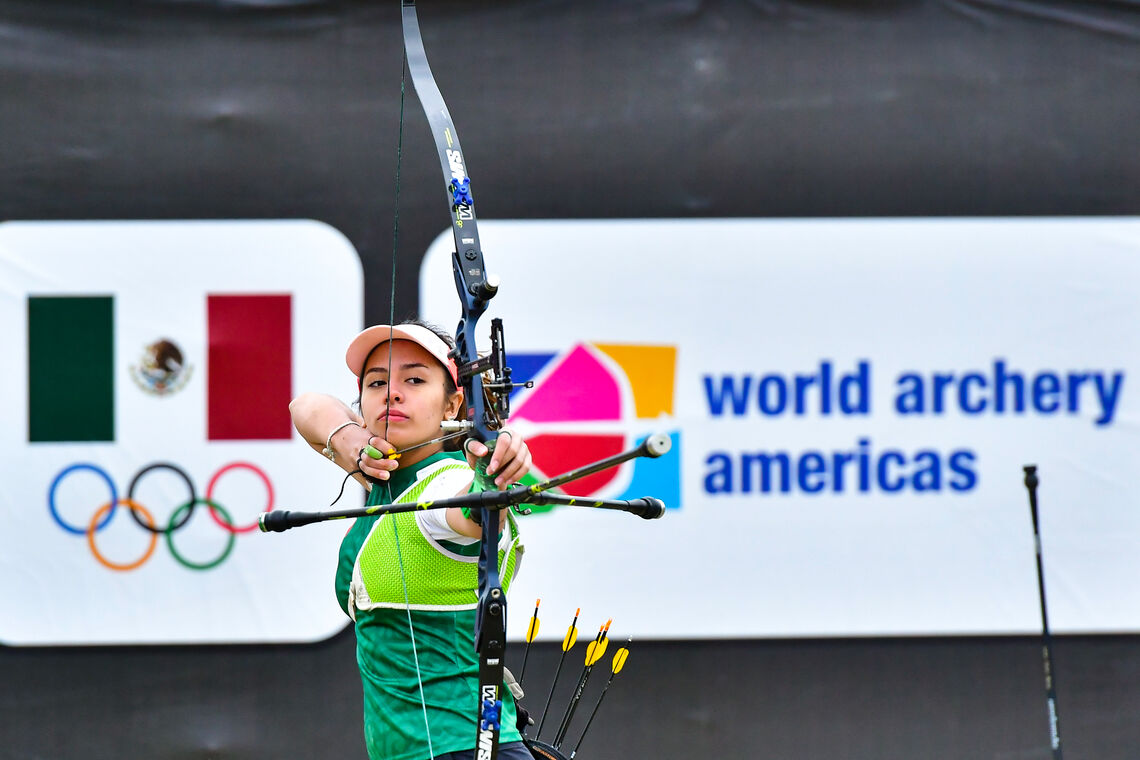
To maximise their potential in four years’ time, Ramos is looking to secure the next generation from the ground up, which he admits would need hard work between now and then.
“We need more archers, so we want to create 32 schools, one school per state in order to have more development centres,” stated Ramos, with the first of the ‘schools’ opened in Tlaxcala after it had hosted the Hyundai Archery World Cup Final in October. “Secondly, we are focused on developing a training programme for coaches along with international coaches and we are getting close to other countries that did this in the past and now they can help us to develop this.”
“Then we need competitions because if we are getting more archers and they are training, they want to compete. It doesn’t matter about the level. If you are a beginner or if you are an expert, you want to compete, you want to try that.”
More centres, more coaches, more competitions equal more archers.
It is a vision aiming to widen the pool of talent Mexico already has, the idea being an increased number of athletes to pick from will lead to an increased quality team.
These aren’t just words though, World Archery Mexico are enacting their pledges.
This year, the inaugural Copa Presidente will take place, with a prize pot of 150,000 Mexican pesos up for grabs, and a reinvigorated national championships which will see under-23 all the way down to under-eight tournaments in addition to the seniors, unlike the prior format where it was just one open competition.
It is also worth mentioning that the nationals held in Saltillo will be broadcast on national television once again after its first showing last year.
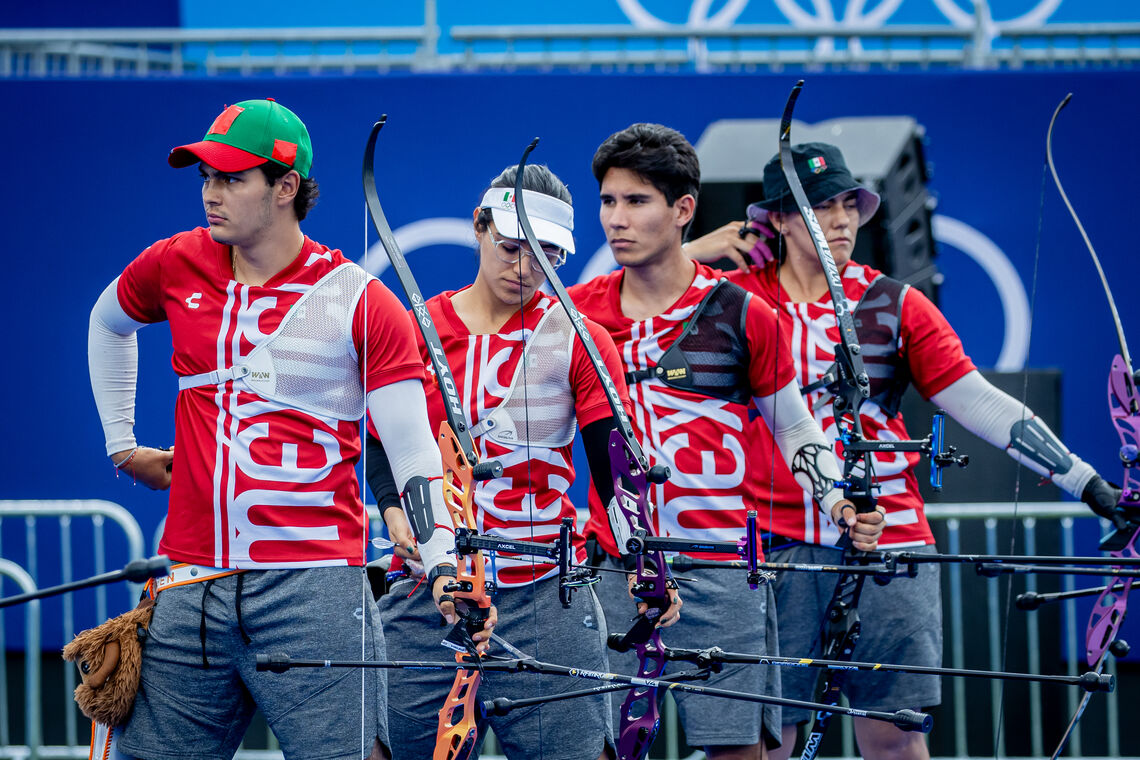
It is of course the debut year for all of these schemes, but Ramos is hoping by the start of 2026, Mexican archery will be in full swing of this brand new, systematic approach.
Although Ramos affirmed that it is “important” for Mexico to win medals this season, he also acknowledges that 2025, off the back of Paris, is a “transition year” to find Mexico’s next generation of stars.
“That’s the opportunity to send them to the World Cup stages. They need that experience; they need that kind of competition to get the confidence in order to have a better result in 2026 and 2027.”
“With the national team, we now have this mix that will give us the opportunity to start testing new recipes in order to find our strategy for the next competitions.”
Central Florida gave a small inclination as to how World Archery Mexico’s young centric approach will fare against some of the world’s best archers in years to come.
The average age of Mexico’s compound men team was 20.75, compound women 22, recurve men 21.75 and recurve women 21.5, which included 16-year-old Karime Montoya Alfaro.
Two-time Olympic bronze medallist Valencia is the oldest athlete and not a bad elder stateswoman to have in the squad for the likes of Montoya Alfaro and 19-year-old Francisco Padilla to look up to.
She led by example in Florida, claiming silver in recurve women’s individual in addition to her mixed team triumph.
“She’s the strong one on the team, supporting and lending her experience to the other athletes,” commented Ramos. “I believe that would be a good mix, having the experience and good energy with those new talents that are getting into the national team every year.”
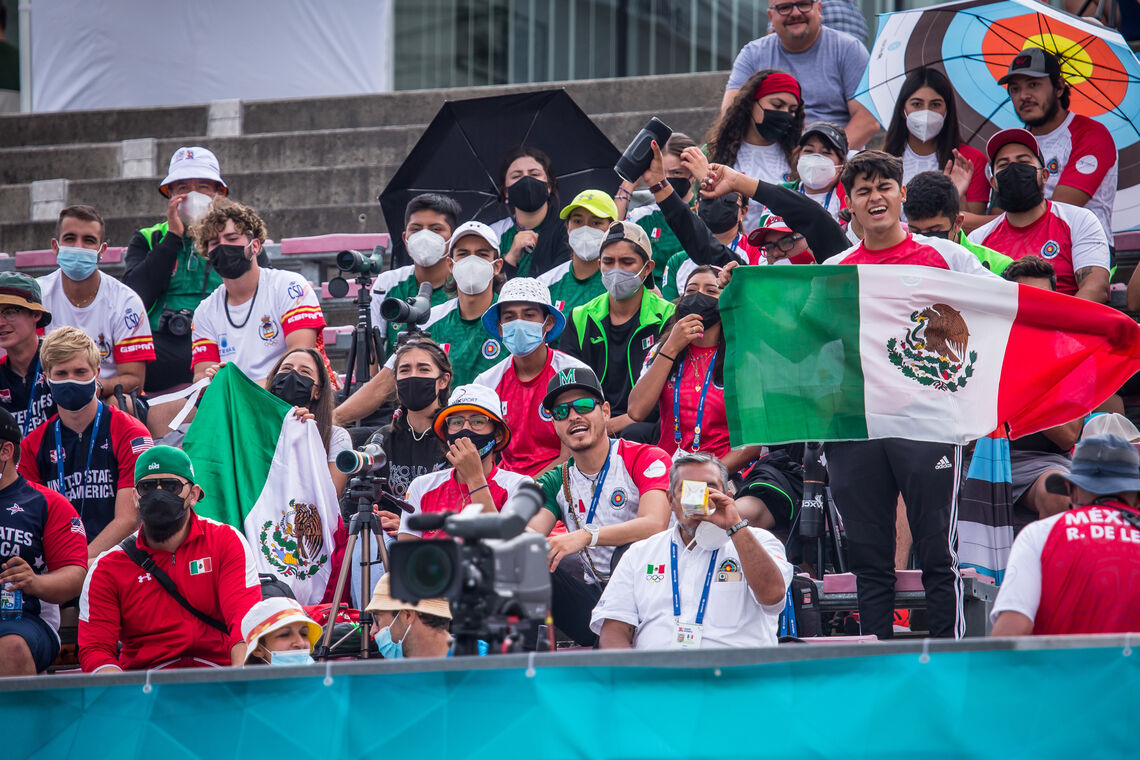
The objective explained by Ramos in simple terms is to create a smooth, well oiled machine, conveying emerging Mexican talents onto the belt of archery’s major competitions to get the highest calibre of exposure before the crunch time of LA28.
He even signals progress must be made in this cycle for Brisbane 2032 with archers as young as 10, pointing towards the example of Paris bronze medallist Ruiz, now 18, who would have been 10 in Rio 2016.
“For those categories, we need to think about, obviously, security, the parents, the coaches, the environment. That’s why it’s so important to work in a completely different way with the youths and with the kids, because they need a different treatment.”
“They are not adults, so it’s not an easy solution, but that’s the main strategy we are setting right now.”
A signed deal with leading fashion brand New Era, a soon-to-be announced major development training project, upcoming social campaigns and government backing from Mexican president Claudia Sheinbaum herself and Sports Minister Rommel Pacheco suggests it is a blossoming time for Mexican archery.
But where it really matters is on the shooting line and World Archery Mexico are putting in the hard yards now to create a nationwide, healthy archery ecosystem to secure the next best crop of Mexican athletes, primed for Los Angeles 2028.



